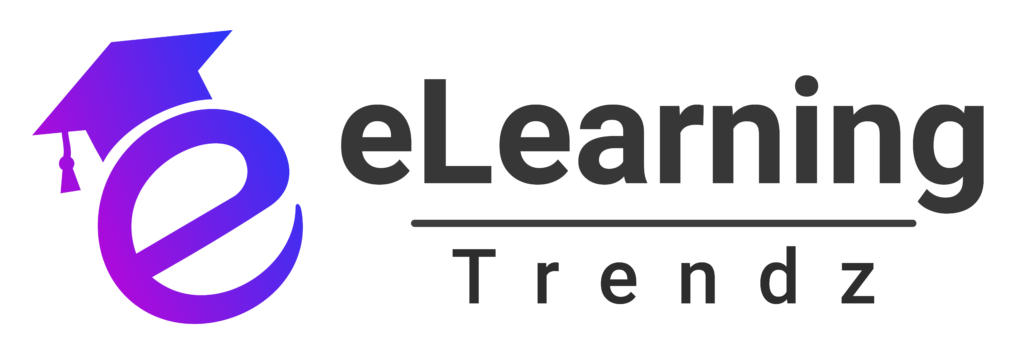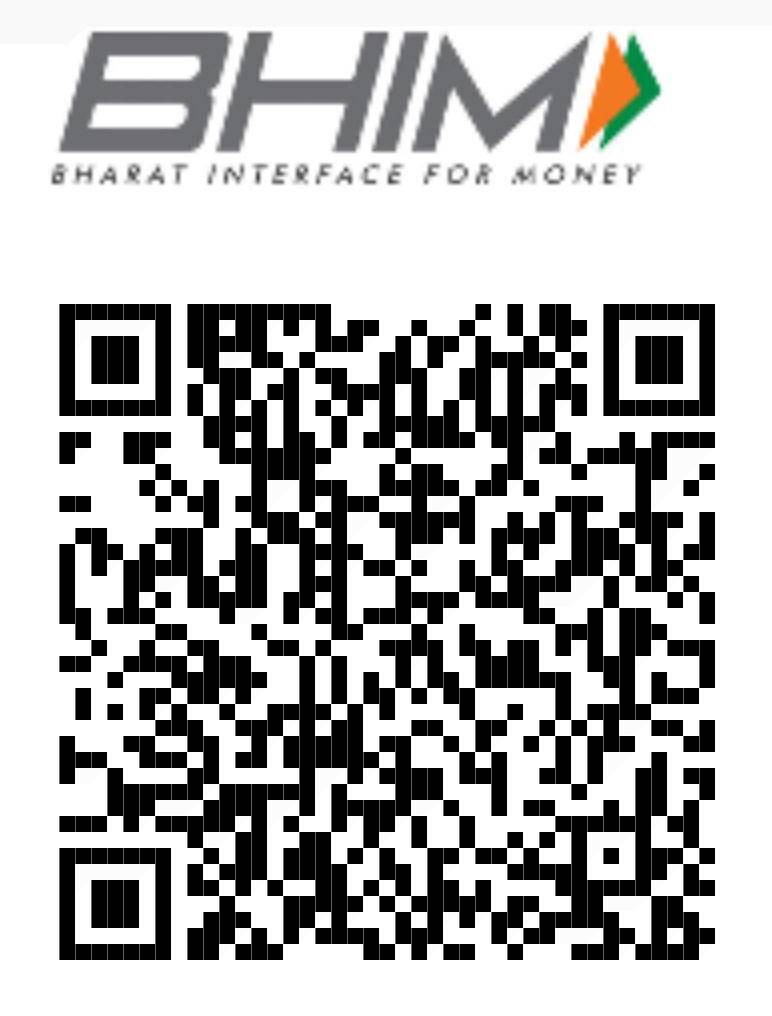The Importance of Choosing the Right LMS
A Learning Management System (LMS) is essential for organizations, educational institutions, and businesses looking to effectively deliver and manage training programs. With the rise of online learning and remote workforce training, having an LMS with the right features can significantly impact engagement, knowledge retention, and compliance management. Choosing the best LMS requires understanding the key features that drive an effective and seamless learning experience.
Below are the top 17 features that every Learning Management System should offer.
User-Friendly Interface
A well-designed LMS should have an intuitive, user-friendly interface that makes navigation easy for learners and administrators. A clutter-free design with clearly labeled options ensures users can access training materials without confusion, reducing the learning curve and improving engagement.
SCORM and xAPI Compliance
SCORM (Sharable Content Object Reference Model) and xAPI compliance ensure that learning content is compatible with different LMS platforms. SCORM compliance allows content to be reused across various systems, while xAPI enables advanced tracking of learning activities beyond the LMS, such as on-the-job training or mobile learning.
Mobile Learning Compatibility
With the increasing use of mobile devices, an LMS must support mobile learning. A responsive design and dedicated mobile apps allow learners to access training materials anytime and anywhere, enhancing flexibility and engagement for remote employees and students.
Customizable Learning Paths
A robust LMS should allow organizations to create personalized learning paths based on job roles, skills, or learner progress. Customizable learning paths help provide relevant training content, ensuring each learner receives tailored instruction that aligns with their needs and career goals.
Gamification Elements
Gamification enhances learner engagement by incorporating game-like features such as badges, leaderboards, points, and rewards. These elements motivate users to complete courses and encourage friendly competition, making learning more enjoyable and interactive.
Assessment and Certification
A strong LMS should include tools for creating quizzes, exams, and interactive assessments to evaluate learners’ progress. Automated certification issuance upon course completion ensures learners meet compliance or professional development requirements.
Reporting and Analytics
Comprehensive reporting and analytics capabilities help track learner progress, course completion rates, and training effectiveness. Administrators can generate detailed reports to measure training success, identify areas for improvement, and ensure compliance with industry regulations.
Integration with Third-Party Tools
An effective LMS should integrate seamlessly with other business and educational tools such as HR systems, CRM software, content authoring tools, and video conferencing platforms like Zoom or Microsoft Teams. Integrations help streamline workflows and enhance the overall learning experience.
AI-Powered Learning and Automation
Artificial intelligence (AI) in an LMS enables smart recommendations, automated content curation, and adaptive learning experiences. AI-driven automation also simplifies administrative tasks such as course assignments, progress tracking, and notifications, saving time and improving efficiency.
Compliance and Security Features
An LMS must offer top-tier security features for organizations handling sensitive data, including data encryption, role-based access controls, and compliance with privacy regulations like GDPR or HIPAA. Compliance management tools ensure that employees complete mandatory training and meet regulatory requirements.
Blended Learning Support
A good LMS should support blended learning, allowing a mix of online, offline, and instructor-led training. This provides learners with a comprehensive experience, including self-paced modules, virtual classrooms, and live workshops.
Social Learning Features
Collaboration and knowledge-sharing are key to effective learning. Features like discussion forums, chat functionalities, and peer-to-peer interactions help foster a social learning environment where employees can exchange ideas and insights.
Multi-Language Support
For global organizations, multi-language support is crucial in ensuring accessibility to learners from different regions. An LMS should allow users to switch between languages easily, making training more inclusive and effective.
White-Labeling and Branding
Custom branding options enable organizations to personalize their LMS with logos, color schemes, and domain customization. This creates a cohesive learning experience that aligns with the company’s branding and identity.
Performance and Skills Tracking
A top-tier LMS should include performance-tracking features to assess individual progress, competency gaps, and overall skill development. This ensures training aligns with business goals and workforce development strategies.
Content Library and Pre-Built Courses
A robust LMS should offer a content library with pre-built courses on various topics, including compliance training, leadership development, and soft skills. Having ready-made courses saves time and provides instant access to quality training materials.
Offline Learning Capabilities
Not all learners have constant internet access. An LMS with offline learning capabilities allows users to download course materials and complete training without an internet connection, syncing progress once they go online.
Conclusion
Selecting the right LMS requires careful evaluation of its features to ensure it meets your organization’s learning and development needs. A well-equipped LMS should offer user-friendly navigation, compliance support, mobile compatibility, gamification, AI-powered learning, and robust reporting tools. Investing in an LMS with these must-have features enhances training efficiency, boosts learner engagement, and drives better learning outcomes for both businesses and educational institutions.
By prioritizing these key features, organizations can ensure they provide a seamless, effective, and engaging learning experience that supports both professional development and compliance requirements.










